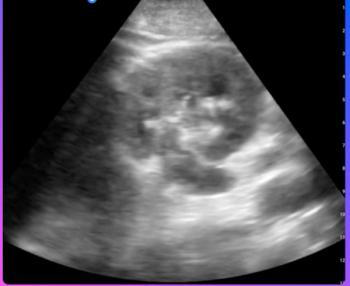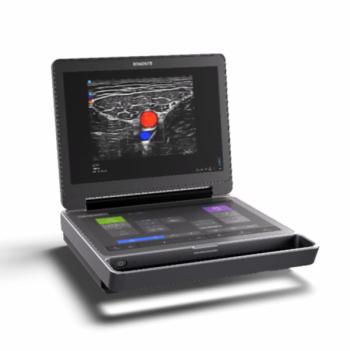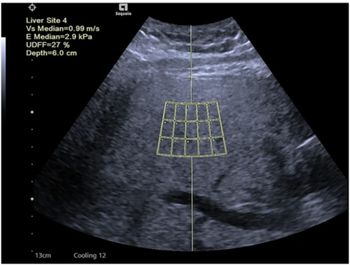
Intravascular imaging refines understanding of plaque risk
A large, multicenter clinical trial involving several imaging modalities has found that plaque burden and plaques involving small lumen area are as likely as classically defined vulnerable plaques to trigger a myocardial infarction.
A large, multicenter clinical trial involving several imaging modalities has found that plaque burden and plaques involving small lumen area are as likely as classically defined vulnerable plaques to trigger a myocardial infarction.
The trial, Providing Regional Observations to Study Predictors of Events in the Coronary Tree (PROSPECT), is the first prospective natural history study of atherosclerosis using multimodality imaging to characterize the coronary tree. The study findings were reported Sept. 24 at the Transcatheter Cardiovascular Therapeutics (TCT) scientific symposium in San Francisco. The Cardiovascular Research Foundation sponsored the five-day event.
"As a result of the PROSPECT trial, we are closer to being able to predict-and therefore prevent-sudden, unexpected adverse cardiac events," said principal investigator Dr. Gregg W. Stone, director of cardiovascular research and education at New York-Presbyterian Hospital/Columbia University Medical Center.
Stone and colleagues studied 700 patients with acute coronary syndromes using three-vessel multimodality intracoronary imaging. The modalities were x-ray angiography, intravascular ultrasound, and virtual histology involving a spectral analysis of radiofrequency data acquired with IVUS. They were used to quantify the clinical event rate from atherosclerotic progression and to identify those lesions that place patients at risk for unexpected adverse cardiovascular events (sudden death, cardiac arrest, heart attacks, and unstable or progressive angina).
Researchers discovered most untreated plaques that cause unexpected heart attacks are not mild lesions, as previously thought, but actually have a large plaque burden and a small lumen area. These are characteristics that were invisible to the coronary angiogram but easily identifiable on IVUS.
Only about half of new cardiac events were due to nonculprit lesions that exemplified the classic notion of vulnerable plaques (involving non–flow-limiting lesions with lipid cores encased in thin fibrosis caps) and associated inflammatory activity. Such abnormalities typically progress rapidly.
Another half was attributed to unrecognized and untreated severe disease with minimal change over time. Perhaps most important, for the first time it was demonstrated that characterization of the underlying plaque composition (with virtual histology) was able to significantly improve the ability to predict future adverse events beyond other, more standard, imaging techniques.
"These results mean that using a combination of imaging modalities, including IVUS, to identify lesions with a large plaque burden and/or small lumen area, and virtual histology to identify a large necrotic core without a visible cap (a thin-cap fibroatheroma) identifies the lesions that are at especially high risk of causing future adverse cardiovascular events," Stone said in a release.
Newsletter
Stay at the forefront of radiology with the Diagnostic Imaging newsletter, delivering the latest news, clinical insights, and imaging advancements for today’s radiologists.




























